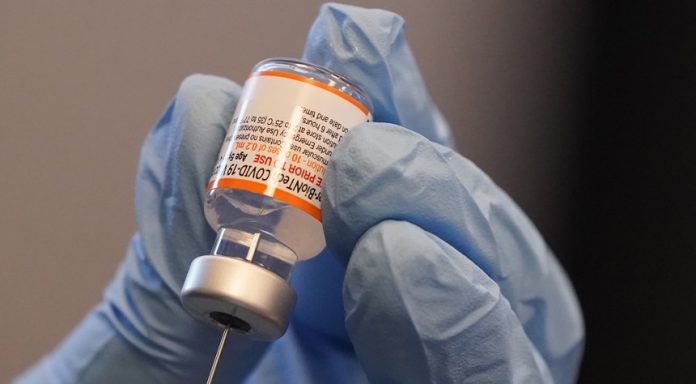One thing stood out in the sea of COVID complaints last week about Joe Rogan and Neil Young. While there was ample opportunity to charge Rogan with delivering “misinformation”, it is worth noting the utter lack of explanation. It was taken as a fact that Rogan only delivers false information on the virus or vaccines.
The accusations are true, even though there was no attempt to prove his dangerous positions. Here is the real surprise: a major news source was found to be trafficking in COVID misinformation. It should be called something else than “ironic” because these are the information gatekeepers, and they don’t see the need to be held to the exact same standards as they do to others.
Let’s start with a Washington Post summary of the Spotify fiasco. The Washington Post’s tech section gives a summary of the controversy. It compares Spotify to social media platforms that are also under scrutiny for COVID content. Glamorizing the fact that media outlets constantly proclaim they follow medical professionals on this subject is like following the lead of a rock musician, take a look at last week’s controversy.
Let’s not forget that thought, and let’s next look at a recent article in the same newspaper. As the Neil Young/Spotify scandal was gaining momentum, WaPo published a COVID report on Friday. It focused on the issue of test spikes in regions. The report appears to be straightforward and has decent sourcing. Here’s the problem. The paper reviewed the exact same statement in August and concluded that it was incorrect and that the source who made it was misleading the general public.
Florida was experiencing a significant increase in people who were positive. Governor Ron DeSantis stated that this was due to a seasonal increase in cases. It could be argued that Florida’s death rate and case rates plummeted when similar surges occurred in other parts of the nation. This may seem to be a seasonal event, but the Washington Post stated otherwise. Jason Salemi, an epidemiologist from the University of South Florida, said that it is not a seasonal thing.
We are now far behind the Florida surge in cases and things have changed dramatically. It is quite striking that, while Florida receives national media attention when the virus is in news, little to no recognition occurs when the virus falls to the bottom of the state lists. With other states seeing similar increases, the rational seasonal explanation suddenly becomes accepted as solid science. Let’s take a look at both Florida and other parts of the United States’ positions.
It begs the obvious question: When was the Washington Post misinforming – in the Fall? Or just this Friday. According to the article, August is the month in Florida when you experience the highest temperatures. DeSantis, who not only believed the same data but also predicted the surge based upon the previous year, was therefore deemed to be wrong. This is not possible with the media learning new data. DeSantis’ statement was based on empirical and scientific evidence.
This is the danger in the media these days. They will not change their narrative standards, but they will remain rigid in their approach to any deviation from the norm. The press will change its position without any admission of error. It is unlikely that it will recognize anyone who has previously held those positions.
When they engage in such behavior, these outlets should be criticized. They are self-declared curators “the COVID truth”, and have the power to influence those who are arbitrarily deemed ineligible to speak. It is important to hold them accountable for their standards.




